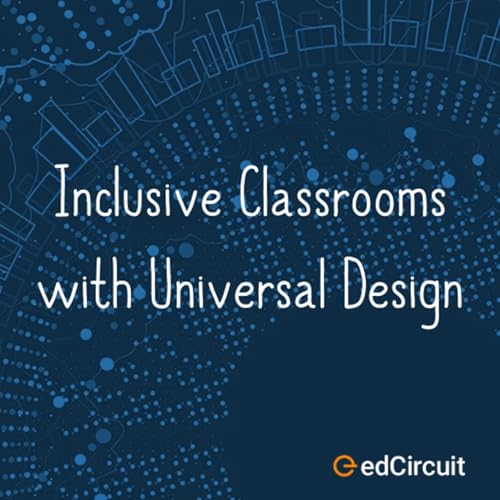
Inclusive Classrooms with Universal Design
カートのアイテムが多すぎます
カートに追加できませんでした。
ウィッシュリストに追加できませんでした。
ほしい物リストの削除に失敗しました。
ポッドキャストのフォローに失敗しました
ポッドキャストのフォロー解除に失敗しました
-
ナレーター:
-
著者:
このコンテンツについて
In this Safer Ed episode, we continue our series on safety and inclusion in STEM classrooms by exploring universal design and hazard analysis. Instead of reacting to student needs after the fact, universal design ensures that classrooms and labs are accessible, safe, and effective from the very beginning.
Through this conversation, we highlight how proactive planning not only reduces safety risks but also empowers students with additional needs to thrive alongside their peers.
What You’ll Learn in This EpisodeKey Takeaway
Why universal design matters in STEM classrooms.
How building accessibility into labs from the start reduces risks and supports all learners.
Practical examples, such as adjustable lab workstations and multi-format instructions.
The importance of hazard analysis and risk assessment for every lab activity.
Why individualized safety planning—from specialized equipment to additional supervision—is essential.
The role of administrative support in funding resources, staffing, and training.
How trust and collaboration among teachers, families, and administrators creates safer, more inclusive learning environments.
Inclusion isn’t just a philosophy—it’s a safety practice. Universal design and hazard analysis build classrooms where every student can engage confidently and safely in science and STEM.
Resources
Visit edcircuit.com for more Safer Ed episodes and resources.
Listen on your favorite podcast platform.
This episode was generated in part using AI tools. All content was reviewed and approved by our editorial team before publication.



